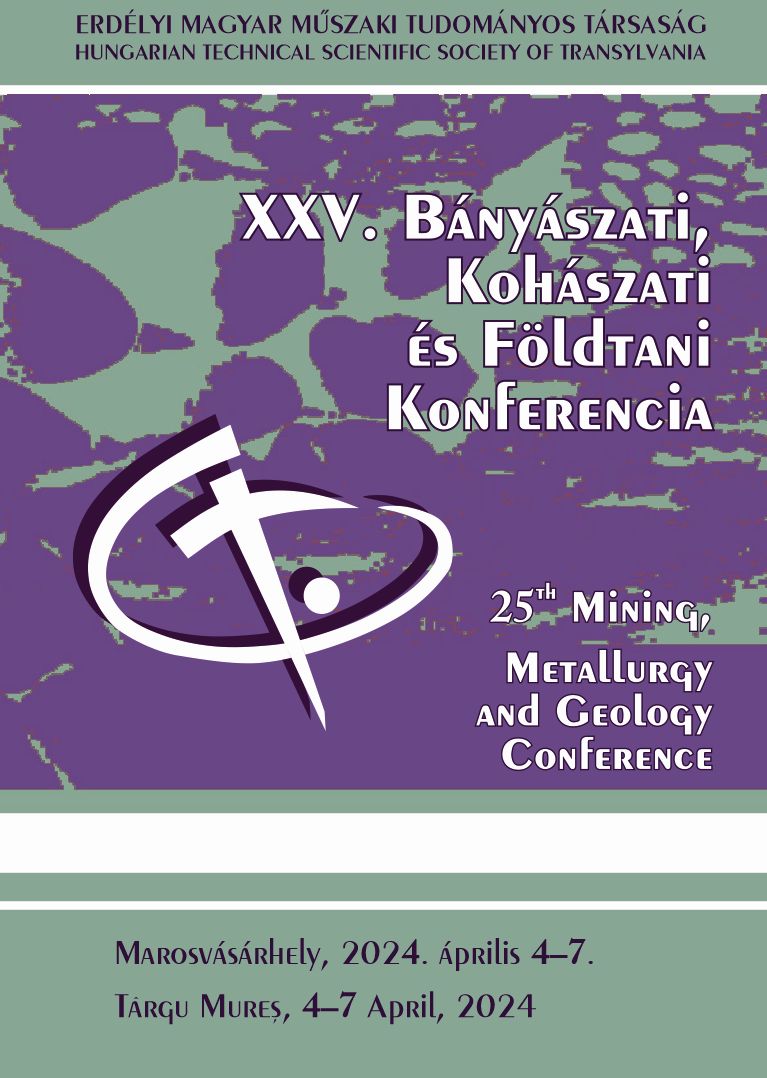A metán-hidrát és a só kapcsolata az Erdélyi-medence gázainak képződésében
The relation of methane hydrates and salt in the generation of the gases from the Transylvanian Basin
Keywords:
dissociation of methane hydrate, dilution of formation water, /, metán-hidrát disszociáció, rétegvizek kiédesedéseAbstract
Our results suggest that all conditions supporting the formation of methane hydrate exist in the Miocene Transylvanian Basin. The methane, generated from the primary (biodegradation) and the secondary sources, was trapped in water clathrates, creating multiple Miocene methane hydrate horizons preserved for millions of years until the Eastern Carpathian magmatic activity started, when the regional geothermal gradient increased, and the methane hydrate consequently dissociated. This yielded free methane, which escaped from the H2O molecule clathrate cages, and is considered herein the tertiary methane source in the Transylvanian Basin. The idea is supported by the chlorinity anomaly (7-12 g/L) of the formation waters of several gas fields.
References
KARISIDDAIAH, S. M., 2000: Diverse methane concentrations in anoxic brines and underlying sediments, eastern Mediterranean Sea. Deep-Sea Research I, 47/10, 1999–2008.
KRÉZSEK, CS., FILIPESCU, S., SILYE, L., MAȚENCO, L., DOUST, H., 2010: Miocene facies associations and sedimentary evolution of the Southern Transylvanian Basin (Romania): Implications for hydrocarbon exploration. Marine and Petroleum Geology, 27, 191–214
MedRIFF Consortium, 1995: Three brine lakes discovered in the seafloor of the Eastern Mediterranean. EOS, Transactions of American Geophysical Union 76, 313.
UNGER, Z., LECLAIR, D., 2016: A só és a metán párhuzamos keletkezése, In Papucs A. (szerk.) XVIII. Székelyföldi Geológus Találkozó, Kivonat kötet, p.18.
UNGER, Z., LECLAIR, D., 2018: Salt and Methane Generation Initiated by Membrane Polarisation, Earth Sciences, 7/2, 53–57.
UNGER, Z., LECLAIR, D., GYÖRFI, I., 2022: Investigation of Miocene Methane Hydrate Generation Potential in the Transylvanian Basin, Romania, Advances in Geological and Geotechnical Engineering Research 4/2, 1–8.


